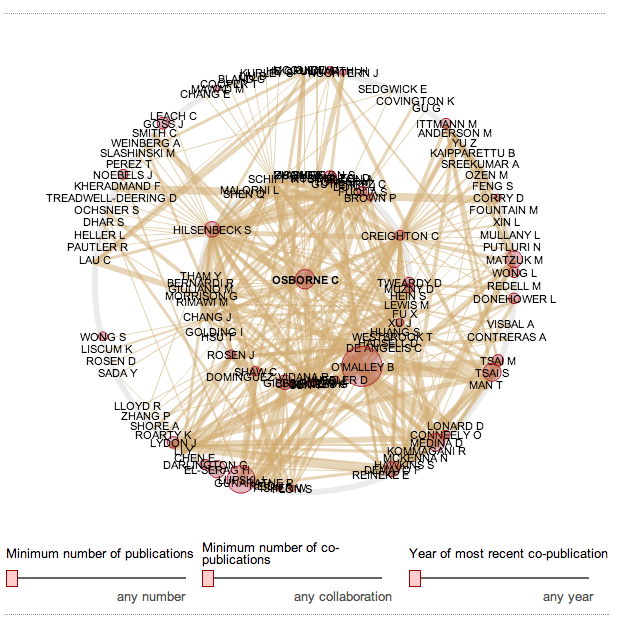Online resource helps connect researchers, resources

With the goal of connecting researchers, clinicians and resources in mind, Baylor College of Medicine launched the Virtually Integrated Institutions for Clinical and Translational Research in 2013.
The platform, commonly referred to as VIICTR, was developed to foster innovation, collaboration and data sharing across a multi-institutional network of scientific investigators, clinicians and community leaders to enable clinical and translational research and discovery.
VIICTR member institutions include Baylor and its affiliate clinical institutions including, Texas Children’s Hospital, the Michael E. DeBakey Veterans Affairs Medical Center, and Ben Taub Hospital; as well as academic partners including the University of Houston College of Pharmacy, Rice University, and the Gulf Coast Consortia.
Dr. Susan Blaney, co-director of the Dan. L. Duncan Institute for Clinical and Translational Research and vice president for clinical and translation research at Baylor, said VIICTR was launched to help make connections.
“This is a platform to find people and resources for clinical and translational research,” she said. “Those resources can be collaborators at Baylor or our partner institutions; core laboratory or shared resources; as well as information about educational or funding opportunities.”
Blaney said the site helps connect researchers and clinicians interested in discovering what research areas their colleagues are exploring.
“It can be a powerful tool for new investigators at Baylor who want to find out what other research is happening nearby, or for established research who may be exploring a change of direction in their research,” Blaney said. “It is also a powerful tool for trainees or young faculty who are looking for clinical translational research mentors.”
VIICTR includes biographical profiles of faculty and collaborators featuring awards, honors, web site links, photos and publication records. Peer-reviewed publications are pulled directly from Medline/PubMed systems.
Individual profiles include a network that spans the member’s research, their co-authors and publications.
“To me, one of the most interesting features of VIICTR is the collaboration network function of the site,” Blaney said.
The networking section of profiles includes different visual displays of information that can be viewed as a map, a cluster, a timeline and in a radial display (see image above.)
The platform also:
- Lists education and training, as well as funding opportunities available.
- Helps build biosketches that include information required by National Institutes of Health.
- Includes a management tool for administrators to help streamline and make the task of gathering biosketches for grants easier to manage.
Beyond member institutions, VIICTR also is directly connected with NIH systems. The NIH RePORTER, a tool to query NIH’s funded research projects, provides links to the VIICTR profiles of Baylor faculty who have participated in NIH research.
Blaney noted, “Like other internet tools, VIICTR is a work in progress. New features are added on a regular basis based on feedback from our local faculty as well as ongoing collaborations that the BCM’s Center for Collaborative and Interactive Technologies, directed by Dr. Michael Fordis, has established with Harvard and the University of California San Francisco.”
This feature on VIICTR kicks off a series that focuses on VIICTR, highlighting clinical and translational research at Baylor College of Medicine.



